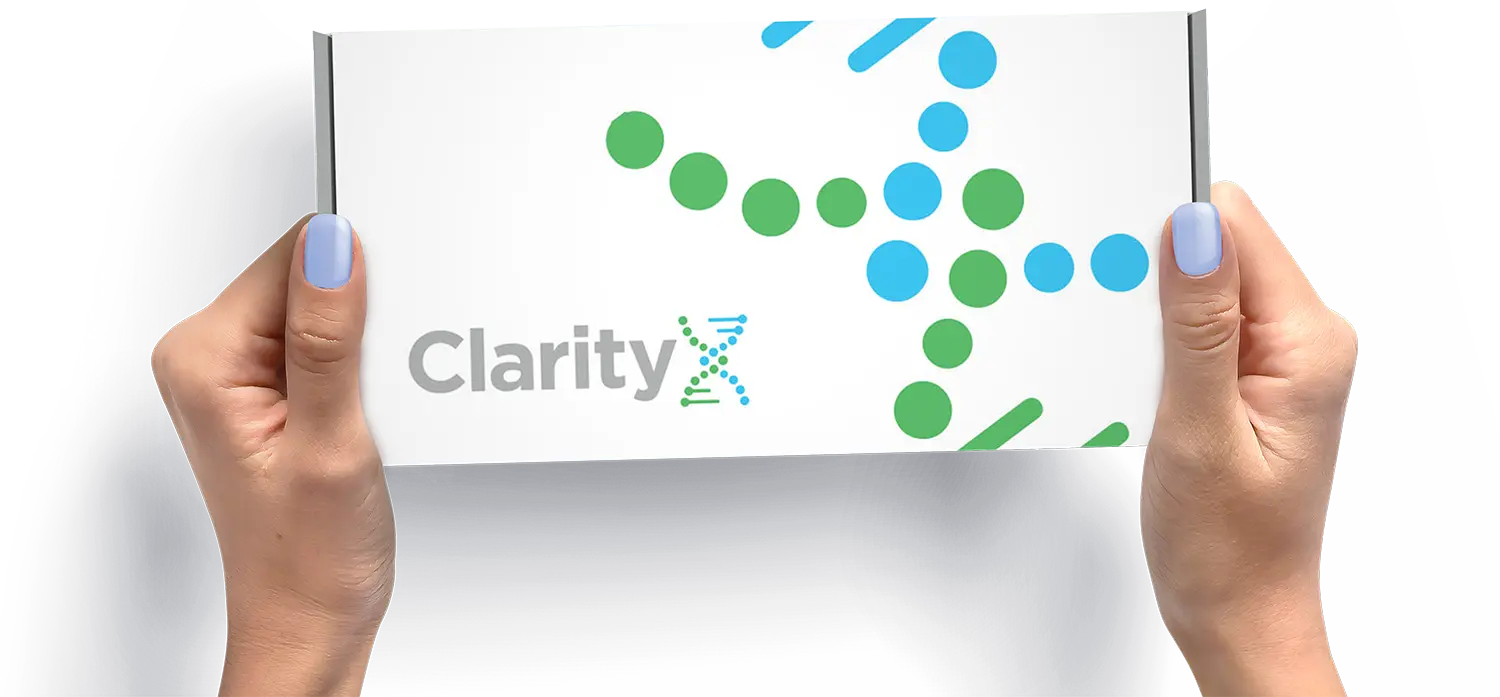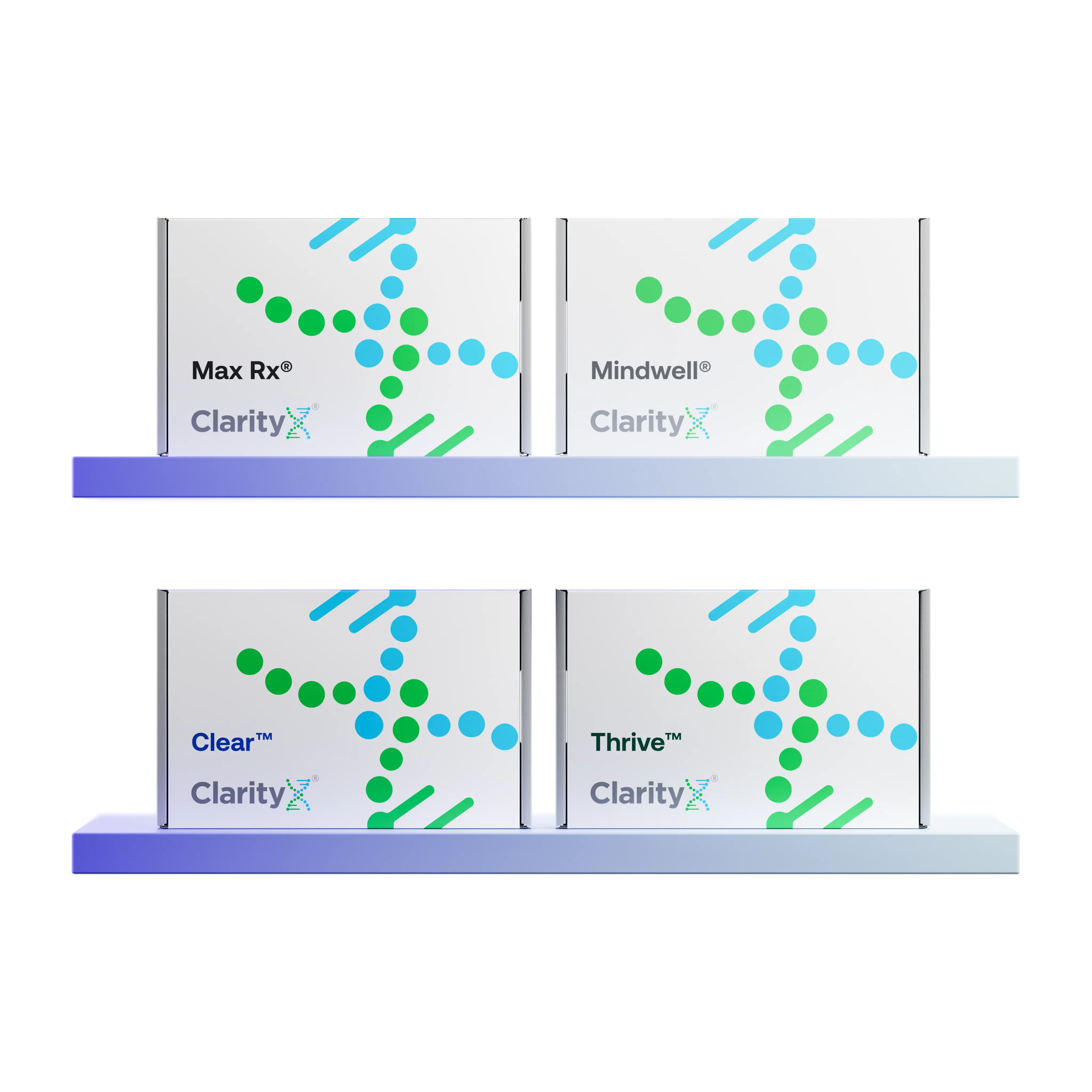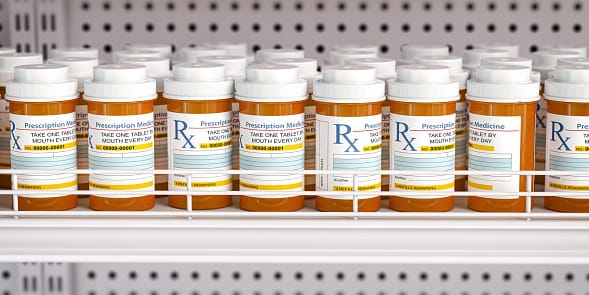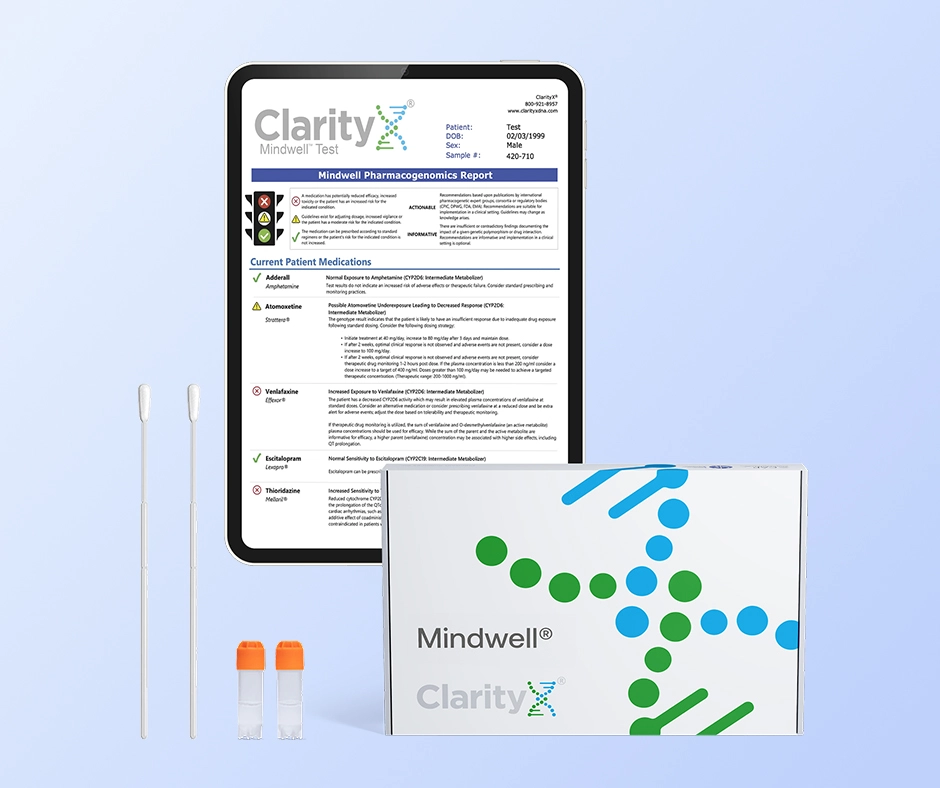Depression is one of the most common mental illnesses in the world, with over 264 million people reportedly suffering from depression symptoms. While everybody has their own unique experience with the illness, the majority of patients end up losing their interest and going through feelings of dread and hopelessness. If left untreated, depression will only worsen and disrupt all areas of life, from your job and relationships to your personal goals and ambitions.
Due to the serious nature of depression, finding a treatment plan that works for you is essential. In addition to medication, many doctors recommend some form of therapy, which can help you sort through those difficult thoughts and emotions. Of course, it isn’t always easy to talk about your problems — that’s why more and more patients are turning to depression art. Here’s a closer look at the connection between art and depression, as well as the treatments available for the disorder.
What Is Depression?
Before examining depression in art, it’s important to fully illustrate what the disorder is. In essence, depression is a mood disorder that changes how you think, feel and act. There’s no universal experience when it comes to depression — the disorder has several variations, each one with its own unique causes.
Causes of Depression
You might’ve heard that depression is the result of a chemical imbalance in the brain. While depression is directly connected to the brain, this explanation greatly simplifies the disorder — in reality, depression can arise for a number of reasons, including:
- Traumatic events: An unforeseen event, such as the loss of a loved one, might trigger Major Depressive Disorder, an intense depression that lasts for at least two weeks. In severe cases, the patient may develop Psychotic Depressive Disorder, which can cause delusions.
- Triggers: Certain things might trigger depression. For instance, people with Seasonal Affective Disorder experience depression during specific times of the year (usually winter), while people with Postnatal Depression experience depression as a result of pregnancy.
- Medication: Sometimes, depression is the side effect of a certain medication. It may also be triggered by an underlying medical condition, such as hypothyroidism, heart disease, or diabetes.
- Genetics: Certain people are more likely to develop depression due to their genetic makeup. This is especially common among people with Persistent Depressive Disorder (which lasts over two years),
While there are several different causes and versions of depression, many people experience similar symptoms.
Symptoms of Depression
Diagnosing depression isn’t as simple as ordering a blood test. Because the condition largely affects one’s mental state, doctors have to ask questions about your emotional well-being to properly identify the mood disorder. Most doctors will look for the following symptoms:
- Poor mood
- Negative emotions
- Loss of interests
- Difficulty with concentration
- Suicidal thoughts
In some cases, depression may also be accompanied by physical symptoms, such as insomnia, weight gain, and back pain. If your doctor suspects you have depression, they may order tests to rule out any underlying conditions or medication. Once they determine that your depression is not caused by a separate medical issue, they’ll start to develop a proper treatment plan.
Depression treatment typically involves medication, as well as some form of therapy. In the past, doctors would stick to traditional talk therapy. However, more and more researchers are recommending new forms of therapy, including art therapy.
What is Depression Art?
Depression art, or art therapy for depression, is a rising treatment plan that uses self-expression and creativity to help relieve some of the overwhelming symptoms of depression. It gives patients the opportunity to explore their inner emotions and share them without having to use words. Not only does this encourage people to be more vulnerable, but it also offers a new hobby that can bring joy to their lives. Here are some of the main benefits of depression artwork.
Depression Painting Improves Your Mood
People with depression often have a chemical imbalance in their brains, particularly regarding their neurotransmitters. These chemicals, which include dopamine and serotonin, play a role in your emotions and mood — having a low level of neurotransmitters can thus trigger depression symptoms.
One of the best ways to naturally increase your neurotransmitter levels is by finding an enjoyable activity, such as art. In fact, many people report feeling happier and more enthusiastic after creating artwork.
Painting Offers Anxiety Relief
According to the Anxiety and Depression Association of America (ADAA), nearly 50% of people with depression also suffer from anxiety. This condition, which is characterized by excessive, chronic worry that interferes with the ability to complete daily tasks, can worsen the already debilitating symptoms of depression.
The good news is, similar to how it can boost mood levels, art has been shown to relieve anxiety symptoms. Not only is depression and anxiety art relaxing, but many people also find that choosing between different colors and textures can help build confidence.
Art Helps You Express Yourself
There has always been a connection between artists and depression — even famed artists like Vincent Van Gogh suffered from depression symptoms. One reason why many depressed individuals turn to artwork is that it provides a medium for self-expression. You can share your own personal experience with others and communicate how you’re feeling through images rather than words. Some common themes in depressed art include:
- Dark, muted colors
- Serious or chaotic figures
- Repetitive brushstrokes
Many people suffering from depression might paint a scene that depicts how they feel inside, such as a tornado or a solemn-looking person. However, it’s important to remember that there are no rules when it comes to depression and art — everyone has their own unique forms of self-expression.
Painting Facilitates the Therapeutic Process
Painting is about more than just the image you create — many art therapists report that the actual process of painting can reveal information about a patient’s mental state. Some important parts of the art process include:
- Textures
- Colors
- Medium (such as the type of paint or canvas)
The textures, colors, and mediums you choose to work with can provide valuable insight into your feelings and thoughts. Moreover, painting fosters a comfortable environment, which can encourage people to participate in traditional talk therapy.
Art Gives You A New Interest
One of the most common symptoms of depression is a loss of interest in previously enjoyable activities — many people lose interest in their hobbies, jobs, and even social relationships. By using art as a way to cope with depression, patients can develop a new interest and start to rebuild their zest for life.
In addition to serving as a new hobby, art can also be a useful distraction from negative feelings. Rather than get caught in a web of harmful thoughts, patients can focus on a new artistic project instead.
Should I Try Art Therapy?
One of the main benefits of art therapy is that there are no harmful physical or mental side effects — therefore, you have nothing to lose by trying it. You should definitely consider the practice if the following applies to you:
- You are suffering from depression symptoms: The most obvious reason for art therapy is to alleviate depression symptoms. Thus, if you recognize these symptoms or have received an official diagnosis, you might want to see if art can help.
- You have problems with your medication: If you are struggling with your medication (such as if your medication is ineffective or causing side effects), then you might want to try art therapy as you and your doctor find a new drug.
- You have a loved one suffering from depression: Another advantage of art therapy is that it can be conducted in group and couple sessions. Even if you are not experiencing any depression symptoms, you can accompany a loved one that is.
- You struggle with verbal communication: Artwork lets you explain your feelings without having to speak. If you are not a fan of verbal communication, or if you struggle to talk about your emotions, then art therapy might help you.
At the end of the day, you don’t have to be an art expert to enjoy the benefits of art therapy.
Can Art Therapy Treat Depression?
While artwork offers a natural way to relieve depression symptoms, it’s rarely used as a treatment by itself. Many doctors will prescribe medication, or antidepressants, to help you fully overcome the disorder.
Antidepressants
As the name suggests, antidepressants are a type of medication aimed at treating mood disorders like depression — they may also be used to treat things like anxiety, obsessive-compulsive disorder (OCD) and post-traumatic stress disorder (PTSD).
Antidepressants work by balancing your neurotransmitters, especially your dopamine, norepinephrine, and serotonin levels. There are five different classes of antidepressants available, each of which affects your brain chemistry in different ways. These classes include:
- Selective serotonin reuptake inhibitors (SSRIs): SSRIs prevent the reuptake, or absorption, of serotonin in the bloodstream.
- Serotonin and norepinephrine reuptake inhibitors (SNRIs): SNRIs restrict the absorption of both serotonin and norepinephrine.
- Tricyclic antidepressants (TCAs): TSAs limit the reuptake of both serotonin and norepinephrine, as well as a compound called acetylcholine.
- Monoamine oxidase inhibitors (MAOIs): MAOIs limit the function of an enzyme known as monoamine, which in turn makes neurotransmitters more easily accessible.
- Atypical antidepressants: As the name suggests, atypical antidepressants do not fit into any of the above categories — they affect the brain in their own unique ways.
Now that you know the different classes of antidepressants available, you might be wondering: how do doctors choose which kind of antidepressant to prescribe?
Choosing A Medication
When it comes to selecting an antidepressant to prescribe, there’s no shortage of options available. In addition to having five different classes to choose from, doctors must pick a specific brand. Some of the leading brands of antidepressants include:
- Prozac
- Zoloft
- Wellbutrin
- Celexa
- Luvox
Before prescribing a medication, doctors will generally ask questions about your family and medical history. For example, if you have a relative with depression, the medication they use may also benefit you. Similarly, if you have a certain health condition or are on another medication, your doctor will eliminate any drugs that can clash with your current treatment.
Your doctor may also ask about your habits, as certain medications might benefit your lifestyle more than others. For instance, if you are trying to stop smoking, Wellbutrin can serve as both an antidepressant and a smoking deterrent. No matter which drug your doctor ultimately chooses, you might experience side effects as it enters your system.
Compare Antidepressants
Side Effects of Antidepressants
When a new drug interacts with your body, it’s normal to experience some adverse reactions. Common side effects of antidepressants include:
- Nausea
- Headaches
- Dizziness
- Trouble sleeping
- Weight gain
If your antidepressant is effective, these symptoms should lessen or go away after some time. However, in some cases, the side effects may be so debilitating that they wind up defeating the entire purpose of treatment. In other cases, they may not have any impact at all.
If your medication is causing overwhelming side effects, or if your depression worsens or doesn’t improve, then you may have to change your medication. Unfortunately, choosing a new treatment plan isn’t a scientific process many doctors engage in a game of trial and error, during which you try out different drugs until you find one that works.
If you think the trial-and-error process sounds unpleasant, you’re not alone. Not only does it take time, but it can also cause you to go through a number of unsavory side effects. To optimize your treatment plan and save your time and energy, you might want to try DNA testing for depression.
What Is DNA Testing For Depression?
Going through depression is extremely difficult, especially if you can’t find the right treatment plan. Fortunately, DNA testing for depression also known pharmacogenetics testing offers an innovative solution. Here’s a more in-depth look at how it works.
When you ingest a medication, it’s broken down by proteins called enzymes. These proteins come from your genes, which are located in DNA molecules. By examining the sequences of your genes, DNA testing can pinpoint variations that might affect your ability to metabolize certain drugs. This knowledge can tell you the following:
- Whether a drug is ineffective: If your test shows rapid metabolism rates, you might be breaking down certain medications before they have the chance to work.
- Whether a drug will cause adverse effects: If your test shows slow metabolism rates, then certain medications may be left in your system for longer than necessary.
- Whether a dosage needs to be adjusted: If your test shows slightly above-average metabolism rates, then you might need to increase your medication dosage.
The test focuses specifically on cytochrome P450 (CYP450), which is responsible for breaking down over 70% of clinically used drugs (including popular antidepressants like Wellbutrin and Zoloft). To better understand how it works, let’s look at a specific example.
Say your test reveals that your CYP2D6 enzyme (which is part of the CYP450 family) has a slow metabolism rate. To avoid adverse effects, your doctor can immediately eliminate any antidepressants that are broken down by CYP2D6 (such as Prozac). The end result is a safer, more efficient treatment process that helps you overcome depression as soon as possible. Of course, for the best outcome, you should go with a reputable testing company like ClarityX.
ClarityX: Get Your DNA Test Today!
Now that you know the benefits of genetic testing, the next step is to find a trustworthy company that can help you find the best treatment possible. At ClarityX, we offer a convenient, simple DNA test — all that’s required is a saliva sample, which can be collected right at home. Through our test, you can discover your response to over 265 FDA-approved drugs, including most antidepressants. Other amenities we offer include:
- Quick results: Once we receive your sample, we can get your results back to you within 7 to 10 days. We can also work directly with your primary care physician.
- Live support: If you have any questions about our test, our live support team is happy to help.
To get started with your DNA test, all you have to do is visit our site and go through the checkout process. Using the results, you can supplement your art therapy or another treatment plan with antidepressants that work well with your body. Take control of your health and wellness by getting a DNA test today!






